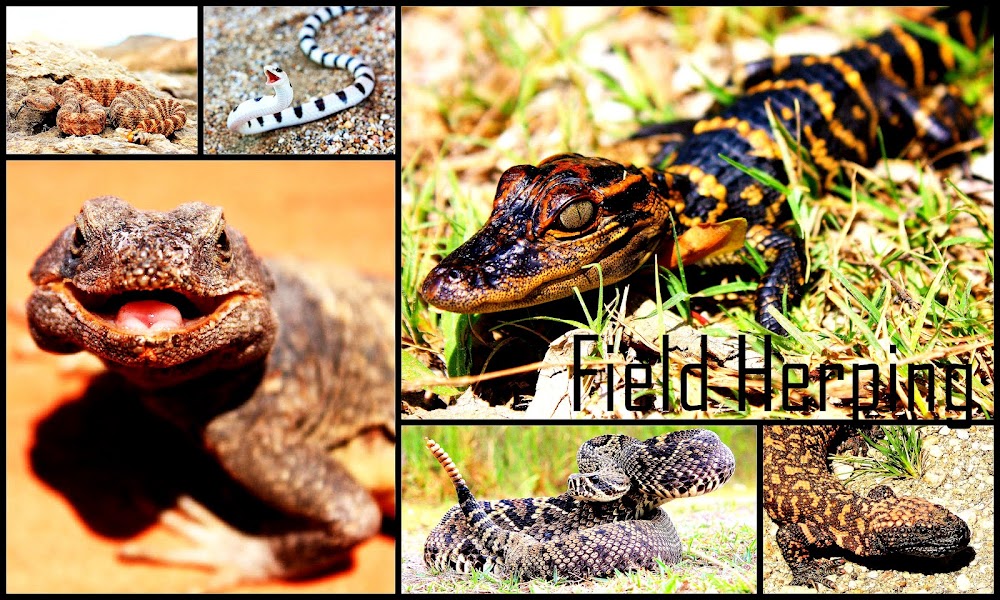 Flipping objects over inevitably reveals arachnids and insects of every shape and size. Itching to photograph anything, I got a quick shot with this spider.
Flipping objects over inevitably reveals arachnids and insects of every shape and size. Itching to photograph anything, I got a quick shot with this spider. Definitely the scariest arachnid I've see is the camel spider. This one was huge! (It would have filled the palm of my hand.) I had to agitate it with a stick to make it stand still, but it certainly wasn't pleased, and it even made hissing sounds.
Definitely the scariest arachnid I've see is the camel spider. This one was huge! (It would have filled the palm of my hand.) I had to agitate it with a stick to make it stand still, but it certainly wasn't pleased, and it even made hissing sounds. Large, black millipedes are common in the hills around Amman.
Large, black millipedes are common in the hills around Amman. There is no animal here. It's a fox den I found after I walked over a hill and saw a red fox running away from me. I figured it must have emerged from here, and I wouldn't be surprised if it had offspring deep within.
There is no animal here. It's a fox den I found after I walked over a hill and saw a red fox running away from me. I figured it must have emerged from here, and I wouldn't be surprised if it had offspring deep within. I glimpsed something large move into the water when I overturned a rock at a stream's edge. After some investigating, I came out with a big freshwater crab.
I glimpsed something large move into the water when I overturned a rock at a stream's edge. After some investigating, I came out with a big freshwater crab. A nearly stepped on a large bird that was lying motionless on the ground, hoping to be undetected. I didn't see it until it took off (literally, right at my feet, scaring me to death) flying low to the ground, then running awkwardly with one wing outstretched as if it were injured. It was a fine demonstration indeed, but I knew the game. Turning my attention away from the mother, I assumed its young were nearby. Sure enough, about 6-8 tiny hatchlings scattered with their panicked chirping. I singled out one and easily bent down and picked it up. It looks like it would be something like a quail or partridge. Then, I put it back in the orignial location and walked off, knowing the mother would surely return to count how many had been lost to the "predator."
A nearly stepped on a large bird that was lying motionless on the ground, hoping to be undetected. I didn't see it until it took off (literally, right at my feet, scaring me to death) flying low to the ground, then running awkwardly with one wing outstretched as if it were injured. It was a fine demonstration indeed, but I knew the game. Turning my attention away from the mother, I assumed its young were nearby. Sure enough, about 6-8 tiny hatchlings scattered with their panicked chirping. I singled out one and easily bent down and picked it up. It looks like it would be something like a quail or partridge. Then, I put it back in the orignial location and walked off, knowing the mother would surely return to count how many had been lost to the "predator."
 Scorpions are also often encountered in the dry habitats. There are 13 species of scorpions in Jordan (of which I've found several), but only one is deadly to humans. It's called the "death stalker" and is light brown in color. The black one above was the biggest scorpion I've seen in Jordan, reaching 2-3 inches in lenghth.
Scorpions are also often encountered in the dry habitats. There are 13 species of scorpions in Jordan (of which I've found several), but only one is deadly to humans. It's called the "death stalker" and is light brown in color. The black one above was the biggest scorpion I've seen in Jordan, reaching 2-3 inches in lenghth. Sometimes we'll see bats in caves or old buildings in the desert.
Sometimes we'll see bats in caves or old buildings in the desert.I usually find rodents, too, but here I've only found one large rat that quickly dove into a hole. Also, not pictured, I sometimes see hedgehogs dead on the roads, but I still haven't found a live one. I always keep those in the back of my mind while herping, and I hope to one day uncover a live one to hold and photograph. My mission lies with the reptiles and amphibians of the area, of course, but sometimes its enjoyable and refreshing to see the other forms of life which inhabit this country.

.JPG)
.JPG)

.JPG)
.JPG)





































